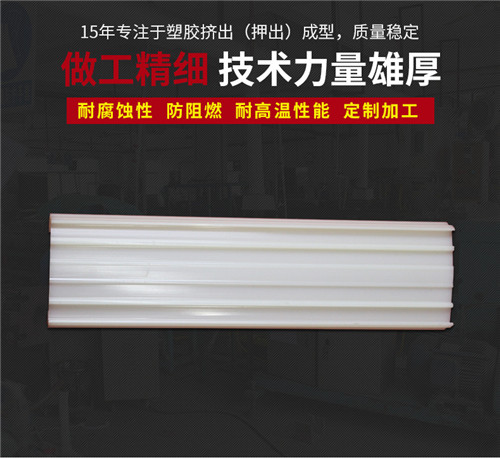
Phone Number :
08 18, 2023

As our technological needs increase, so does the demand for efficient cable management systems. Cable trunking serves as a fundamental solution to organize and protect our cables, ensuring safety, neatness, and easy maintenance. This article will provide a comprehensive overview of cable trunking specifications and models, enabling you to make informed decisions when choosing the most suitable option for your needs.
When selecting cable trunking, it is crucial to consider its specifications to ensure compatibility with your requirements. Here are some key aspects to pay attention to:
Cable trunking is available in various materials, including PVC, steel, and aluminum. PVC trunking is lightweight and cost-effective, making it suitable for residential and light commercial use. Steel trunking offers excellent durability and is ideal for heavy-duty industrial applications. Aluminum trunking provides a balance of strength and weight and is often used in environments where corrosion resistance is necessary.
Cable trunking comes in different sizes and capacities to accommodate various cable volumes. The size refers to the dimensions of the trunking, while the capacity indicates the maximum number of cables it can hold. It is vital to consider the current and future cable requirements to select appropriate trunking dimensions and capacity.
Consider the installation features of cable trunking to ensure a convenient and efficient setup. Look for options that offer easy access, such as hinged or snap-on covers, for hassle-free cable maintenance. Additionally, some trunking models allow for flexibility in routing cables, enabling customization as per your specific needs.
There are several cable trunking models available, each designed to cater to different applications and environments. Let's explore the most common ones:
As the name suggests, this trunking model features a solid exterior wall, providing maximum protection to cables. It is commonly used in areas where cables may be exposed to heavy impacts, vibrations, or potential damage.
Slotted wall trunking offers versatility in cable management by providing slots or perforations along the length of the trunking. These slots allow for efficient cable entry and exit points, making it easier to add or remove cables as needed.
Adaptable trunking is designed for situations where flexibility is essential. It allows for easy modification, enabling the addition or removal of sections to accommodate changing layouts or cable requirements. This model is often used in office spaces or environments experiencing frequent modifications.
In conclusion, understanding cable trunking specifications and models is vital for creating an organized and safe cable management system. Consider the material, size, capacity, and installation features to ensure seamless integration with your requirements. Explore the various models available, such as solid wall, slotted wall, and adaptable trunking, to find the perfect solution for your specific needs. By making informed choices, you can enhance cable organization, improve maintenance efficiency, and ultimately achieve a clutter-free and safe environment.